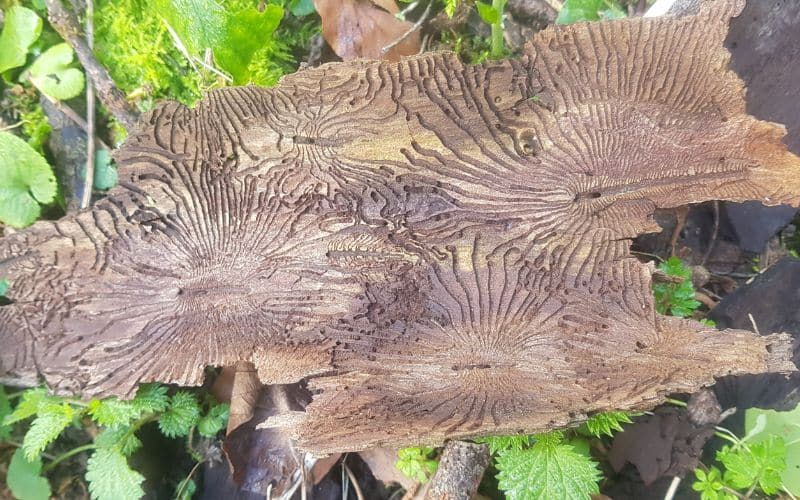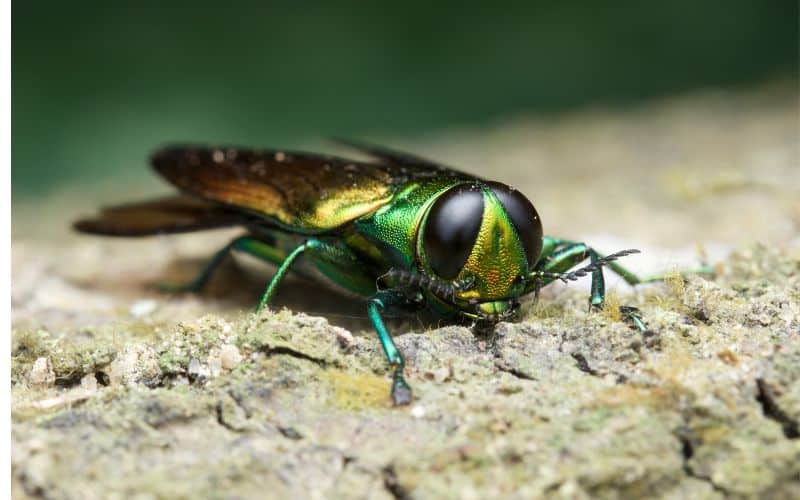
The Growing Concern of Tree Fungus in Ontario
Ontario, celebrated for its verdant scenery and towering oak trees, is under siege by an insidious adversary: invasive fungus. This minuscule yet formidable foe is compromising the health of our cherished oaks, and the urgency to spotlight and combat this escalating problem has never been greater.
What is Oak Wilt and Why Should You Care?
Oak wilt, a devastating tree disease caused by a specific fungus, is a significant concern for Ontario’s forestry. The fungus infects the water-conducting vessels of an oak tree, leading to wilting and ultimately, death. The signs of oak wilt include wilting leaves and cankers on the tree’s bark. This disease is particularly lethal for red oaks and requires immediate attention for effective management.
How is Fungus Affecting Niagara’s Iconic Oak Trees?
Niagara, renowned for its awe-inspiring waterfalls and world-class vineyards, is a sanctuary for diverse oak species. Yet, these iconic oaks are falling victim to the relentless advance of invasive fungi. Local governmental bodies, in collaboration with the Canadian Food Inspection Agency, are doubling down on efforts to identify and control these fungal outbreaks before they escalate further.
Beech Bark Disease: Another Foe in the Forestry Battle
Oak wilt may be stealing the spotlight, but it’s far from the only arboreal ailment plaguing Ontario’s forests. Enter Beech Bark Disease—a rising threat propelled by a distinct fungus. This affliction not only weakens the tree but also renders it more vulnerable to additional infections and environmental challenges.

Dutch Elm Disease
Dutch elm disease serves as a cautionary tale for what can happen when an invasive fungus goes unchecked. This disease decimated elm populations in the past and serves as a grim reminder of the potential consequences of neglecting tree health.
Is Niagara Falls Losing Its Green Cover?
Niagara Falls, more than just a jaw-dropping natural wonder, is a vibrant ecosystem teeming with diverse plant life, including our treasured oaks. Yet, this lush backdrop is under threat from invasive fungi that are compromising the area’s green vitality. The urgency for coordinated action from both local and provincial authorities has never been more pressing to preserve this ecological gem.
The Beetle Connection: How Insects Contribute to Tree Diseases
Beetles play a significant role in the spread of tree diseases like oak wilt. Attracted to the scent of fungal spores, they carry these spores from one tree to another, aiding in the disease’s spread. Additionally, some beetles are drawn to already-infected trees, where they bore into the bark, creating new entry points for the fungus. This makes them a key factor in the disease cycle. Therefore, managing beetle populations is essential in controlling the spread of tree diseases, and strategies include trapping, insecticides, and public awareness campaigns.
Niagara-on-the-Lake: A Case Study in Fungal Invasion
Niagara-on-the-Lake isn’t just a destination for wine enthusiasts and theatre-goers; it’s also ground zero for a growing concern over fungal infections in oak trees. In 2021, the town saw a spike in reported cases, putting both its natural beauty and its oak populations at risk. Local forestry departments didn’t waste any time and sprang into action, collaborating with the Canadian Food Inspection Agency for early detection and containment measures. Soil tests, aerial surveys, and community workshops were conducted to educate the public on how to help prevent the spread of the fungus. The town serves as a cautionary tale, illustrating the need for vigilant monitoring and proactive measures in the fight against invasive fungi.

Emerald Ash Borer: The Insect Behind Common Diseases
While the focus has often been on oak wilt, it’s important to widen the lens and look at other culprits affecting our trees. Enter the Emerald Ash Borer, a beetle that primarily targets ash trees but has an indirect impact on oaks as well. This invasive insect not only weakens ash trees, making them more susceptible to fungal infections, but it also contributes to an ecosystem that is conducive for the growth and spread of various fungi, including those responsible for oak wilt.
Research shows that the Emerald Ash Borer’s activities can alter soil nutrients and moisture levels, creating an environment where harmful fungi can thrive. This adds another layer of complexity to the issue, as it means that managing one invasive species could have a ripple effect, potentially aiding in the control of another.
Forestry Management: What’s Being Done to Combat These Issues?
Forestry management in Ontario is a multi-faceted effort aimed at stopping the spread of tree diseases and invasive species. The strategy includes early detection through aerial surveys and soil tests, public education on recognizing tree diseases, and ongoing research by organizations like the Invasive Species Centre. These efforts are coordinated with local and provincial authorities to ensure effective and timely action. The goal is to preserve Ontario’s forests for future generations.
Conclusion: How to Protect Your Trees from Common Diseases in Southern Ontario
Protecting your trees starts with awareness and early detection. Regularly inspect your oaks for signs of wilt or cankers. If you suspect an infection, consult experts for diagnosis and treatment. Pruning can help prevent the spread through root grafts, but it should be done carefully to avoid exposing the tree to more pathogens.








